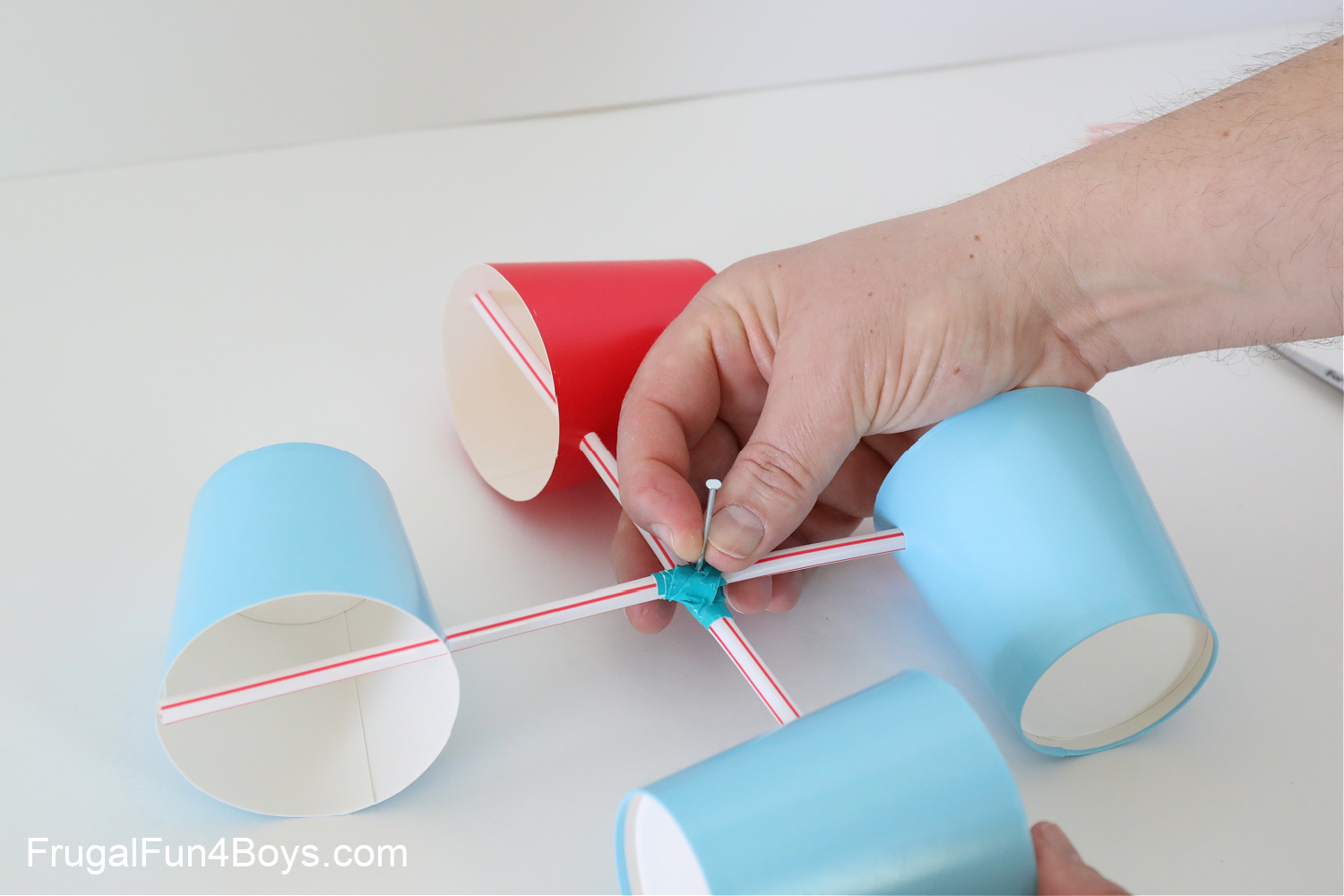Top Features to Look for in a Reliable Anemometer for Accurate Wind Dimension
Top Features to Look for in a Reliable Anemometer for Accurate Wind Dimension
Blog Article
Anemometers Revealed: Understanding Their Value in Ecological Surveillance and Precaution
The function of anemometers in environmental surveillance and safety and security actions is frequently taken too lightly, yet their significance is undeniable. These instruments have a lengthy history rooted in clinical query and technological advancements, progressing to come to be essential tools in different fields. From meteorology to aeronautics security, anemometers play a crucial function in giving precise data that educates decision-making procedures and improves general safety. Understanding the complexities of anemometers unveils a globe of vital insights that are basic to our understanding of the environment and the steps we require to make certain security.
History of Anemometers
The development of anemometers can be traced back to the old people where simple wind measuring devices were very first made use of. One of the earliest known anemometers was the hemispherical cup anemometer designed by Leon Battista Alberti in the 15th century.
Over the years, advancements in modern technology led to the growth of even more modern anemometers, including ultrasonic anemometers and laser Doppler anemometers, providing enhanced precision and performance in determining wind speed and direction. The history of anemometers showcases an amazing trip of innovation and progression in the area of meteorology.
Sorts Of Anemometers
Throughout the field of meteorology, different kinds of anemometers have actually been developed to accurately gauge wind rate and instructions. Sonic anemometers use ultrasonic signals to measure wind speed and instructions precisely. Hot-wire anemometers run based on the principle that the cooling result of wind on a warmed cord is proportional to the wind rate.
Applications in Weather Forecasting
Having gone over the numerous sorts of anemometers utilized in meteorology for gauging wind speed and instructions, it is vital to explore their functional applications in the field. Anemometers play a critical function in weather forecasting by supplying real-time and exact data on wind problems (anemometer). Meteorologists use anemometers to monitor wind speed and direction to forecast climate patterns, issue cautions for severe climate occasions like typhoons, storms, and tornadoes, and analyze atmospheric problems for aviation safety
In meteorology, anemometers assist in understanding local and regional wind patterns, which are essential for anticipating climate changes and identifying weather trends. These devices are likewise used in study to examine microclimates, metropolitan heat islands, and air contamination diffusion. Additionally, anemometers are employed in agriculture to enhance plant management methods, such as watering and pesticide application, based upon wind conditions.
Relevance in Air Travel Safety And Security
An important aspect of guaranteeing aeronautics safety depends on the careful tracking of wind problems utilizing anemometers. Anemometers play a vital duty in air travel by giving real-time data on wind speed and instructions, assisting pilots in making notified decisions throughout trip, landing, and take-off. Unforeseeable and solid winds can substantially affect airplane operations, making it important for aeronautics authorities to depend on accurate wind dimensions to make certain the safety and security of passengers and staff.

In the vibrant atmosphere of air travel, where also minor adjustments in wind speed and direction can have profound effects, anemometers stand as vital devices for advertising safe and risk-free air traveling.
Function in Environmental Research
Just how do anemometers add to developments in environmental study? Anemometers play a crucial role in environmental research by supplying important information on wind rate and instructions. This details is important for recognizing different climatic procedures, such as air contamination diffusion, weather patterns, and climate adjustment. By properly determining wind attributes, anemometers help scientists assess the movement of toxins airborne, assess the effect of commercial emissions, and predict the spread of pollutants in the environment.


Conclusion
In conclusion, anemometers have played a vital duty in ecological tracking and safety and security procedures. Recognizing the value of anemometers is essential for precisely measuring wind rate and instructions, which is essential for anticipating weather condition patterns, ensuring safe aeronautics operations, and carrying out environmental research studies.
One of the earliest recognized anemometers was the hemispherical cup anemometer invented by Leon Battista Alberti in the 15th century. Over the years, developments in technology led to the advancement of even more contemporary anemometers, including ultrasonic anemometers Get More Information and laser Doppler anemometers, supplying increased precision and performance in gauging wind rate and instructions. Hot-wire anemometers run based on the principle that the cooling impact of wind on a warmed cord is symmetrical to the wind speed. Meteorologists utilize anemometers to monitor wind rate and direction to anticipate weather condition patterns, issue warnings for severe weather occasions like storms, cyclones, and tornadoes, and evaluate climatic conditions for air travel safety and security.
Comprehending the significance of anemometers is essential for precisely determining wind rate and direction, which is vital for forecasting weather condition patterns, ensuring safe air travel operations, and performing ecological research studies. (anemometer)
Report this page